

World's largest radio telescope
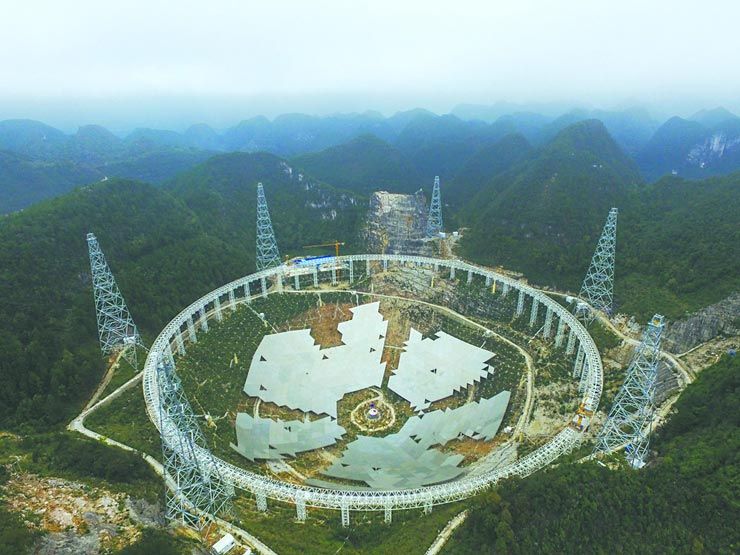
China is constructing the world's largest radio telescope, the 500-meter Aperture Spherical Telescope, or FAST. The massive construction project — which, when completed, will be the size of 30 football pitches — has the potential to be a game-changer for human understanding of the universe and our search for life on other planets.
It will be put into use in September 2016, allowing researchers to detect radio signals from tens of billions of light-years away.
China's 'man-made' sun fusion device
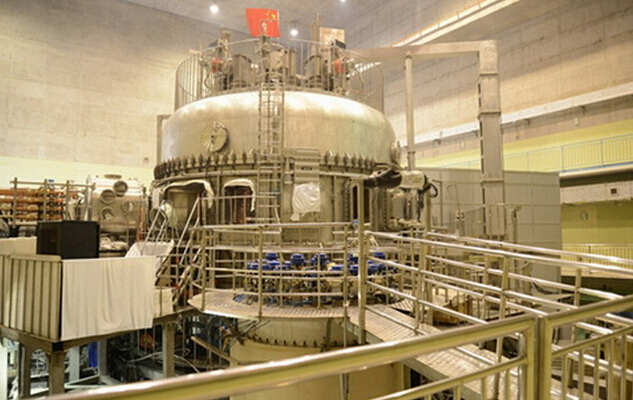
Energy is one of the major issues currently facing human society. How can we provide sustainable clean energy? The artificial sun project is being developed to find a solution.
As a major national project, the Experimental Advanced Superconducting Tokamak (EAST) fusion device, nicknamed "artificial sun," was approved in 1998. Construction lasted eight years and cost nearly 200 million yuan. It was successfully discharged for the first time on Sept. 28, 2006, and has since made unprecedented breakthroughs in energy generation, bringing mankind one step closer to transforming energy into a stable, sustainable and controllable resource.
Shanghai Synchrotron Radiation Facility

With a total investment of 1.2 billion yuan, the Shanghai Synchrotron Radiation Facility (SSRF) project was put into service on Jan. 19, 2010.
The SSRF is a key research and technology development platform in China. It is a third-generation synchrotron radiation light source that serves as a great tool for scientific research. The project has built seven beamlines and experimental stations for research and development in the fields of life science, new materials, physics and biochemistry.
Daya Bay Reactor Neutrino Experiment

Located in southern China's Guangdong province, the Daya Bay Reactor Neutrino Experiment, famous for studying neutrino mixing, is branching into a new area of neutrino physics. In March 2012, the laboratory announced a precise measurement of the last of the unsolved neutrino "mixing angles," which determines the way neutrinos oscillate. The groundbreaking results promise new insight into why ordinary matter survived after the big bang to form everything visible in our current universe.
Southwest China Germplasm Bank of Wild Species
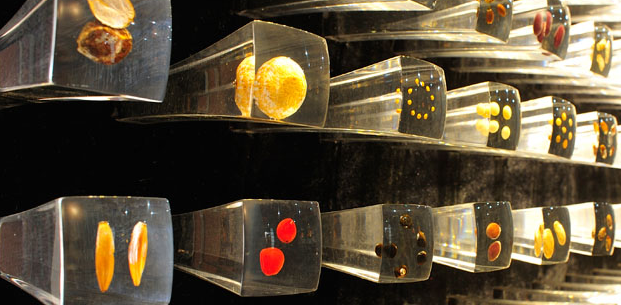
The Southwest China Germplasm Bank of Wild Species, which is under the Chinese Academy of Sciences (CAS) in Yunnan province, is a research and preservation institution for rare and endangered plants. One of the critically endangered species it protects, the pinus squamata, or Qiaojia pine, only has 29 trees left growing in China.
Founded in 2008 and subsequently dubbed "Noah's Ark," the center holds 67,800 sets of seeds for 9,129 plant species from 45 countries and regions. By 2020, it aims to expand its collection to 100,000 sets of seeds from 10,000 species.The center currently stores seeds from one third of China's wild plants. The center cooperates with 85 research institutes and preservation centers across China.
Day|Week

 Female official wearing traditional Han costume to promote local tourism
Female official wearing traditional Han costume to promote local tourism Over 12,000 Runners Seek Medical Care in S China’s Marathon
Over 12,000 Runners Seek Medical Care in S China’s Marathon Six Luxury Sports Cars Totaled after Fail Attempts to Cross China’s Most Perilous Highway Linking SW China’s Sichuan and Tibet
Six Luxury Sports Cars Totaled after Fail Attempts to Cross China’s Most Perilous Highway Linking SW China’s Sichuan and Tibet Incredible Transformation: “Witch Child”Whose Parents Left Him for Dead in Nigerian Makes Speedy Recovery
Incredible Transformation: “Witch Child”Whose Parents Left Him for Dead in Nigerian Makes Speedy Recovery Kenyan woman's crappy photoshopped pictures make her a web celebrity
Kenyan woman's crappy photoshopped pictures make her a web celebrity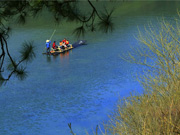 Magnificent view of E. China's Anhui province
Magnificent view of E. China's Anhui province Global landmarks captured in striking shots
Global landmarks captured in striking shots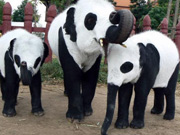 Thailand Elephants Disguised as Pandas Sparks Debates
Thailand Elephants Disguised as Pandas Sparks Debates College girl dresses as mermaid to mark World Water Day
College girl dresses as mermaid to mark World Water Day J-15 fighters in drill on Chinese aircraft carrier
J-15 fighters in drill on Chinese aircraft carrier